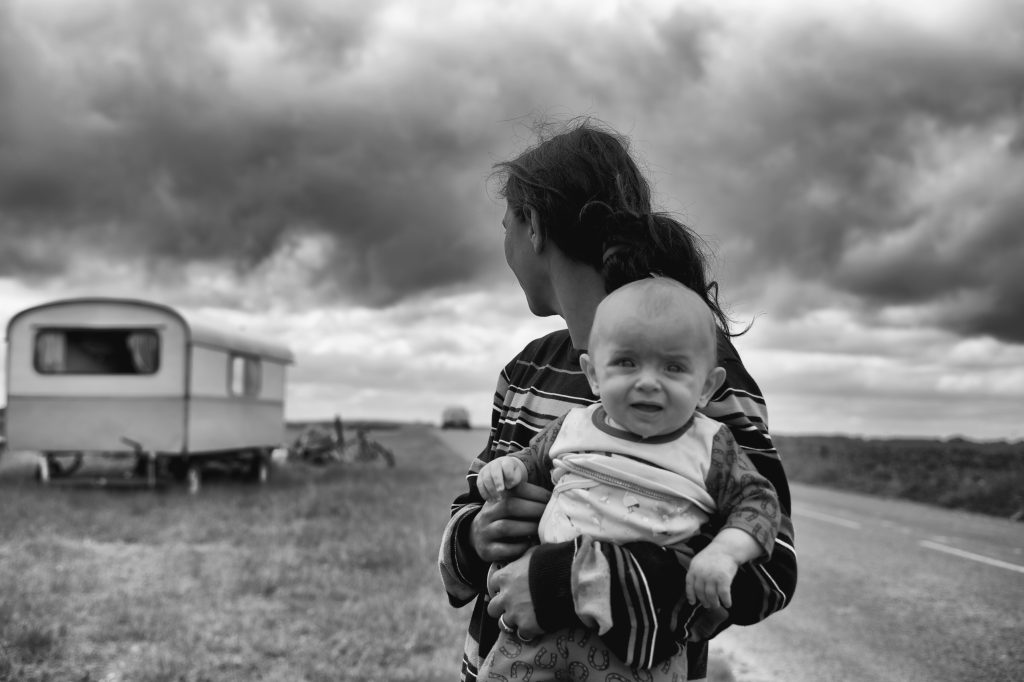
About 7% of American children are living in deep poverty— that’s more than five million children across the US. The Learning Policy Institute, a research organization based in Palo Alto, California, recently published a report on the plight of children living in deep poverty and how the education system can provide better support to these children. Building School Communities for Students Living in Deep Poverty focuses on developing a framework for schools to become “deep-poverty responsive,” meaning that they’re able to foster a nurturing educational environment for students struggling with the difficulties associated with living in deep poverty.
“Because their needs are often ignored, children living below the poverty line have been called the ‘invisible Americans.’ But, of course, they are not invisible,” the report reads. “In too many instances, policymakers, and society at large, have turned a blind eye to how material hardship results in suffering and loss of opportunity for generations of children.”
The term deep poverty refers to individuals and families who earn 50% of the poverty threshold or less. For a family of four, living in deep poverty means their total annual income is just a little less than $14,000. According to the Learning Policy Institute, deep poverty tends to be most pronounced in Black and Indigenous communities in the US, as a result of centuries of disenfranchisement and oppression.
The report draws on the work of Rich Milner, a professor of education at Vanderbilt University who argues that schools can become “poverty responsive” by following several steps, such as forming partnerships with the local community to provide aid for non-school-related problems. The recent report takes this work a step further, narrowing in on ways schools can support students in deep poverty.
In addition to Milner’s framework for developing poverty-responsive schools, the report proposes that states must provide funding according to the needs of the students in specific locales— regions with high proportions of students living in deep poverty should receive increased funding so that students can access high-quality learning resources that their counterparts in wealthier districts have access to. The report also argues that schools should adopt a “whole child approach to education” in which educators are able to focus on and hone their students’ strengths while also understanding the trauma associated with living in deep poverty.
“Education alone cannot end deep poverty, but it is an essential ingredient in eliminating childhood poverty and transforming lives,” the institute wrote in a brief summary of the report’s findings. “All children, including those who come from deeply poor families, have a right to develop their talents.”
https://learningpolicyinstitute.org/product/building-school-communities-deep-poverty-report
Andrew Warner







